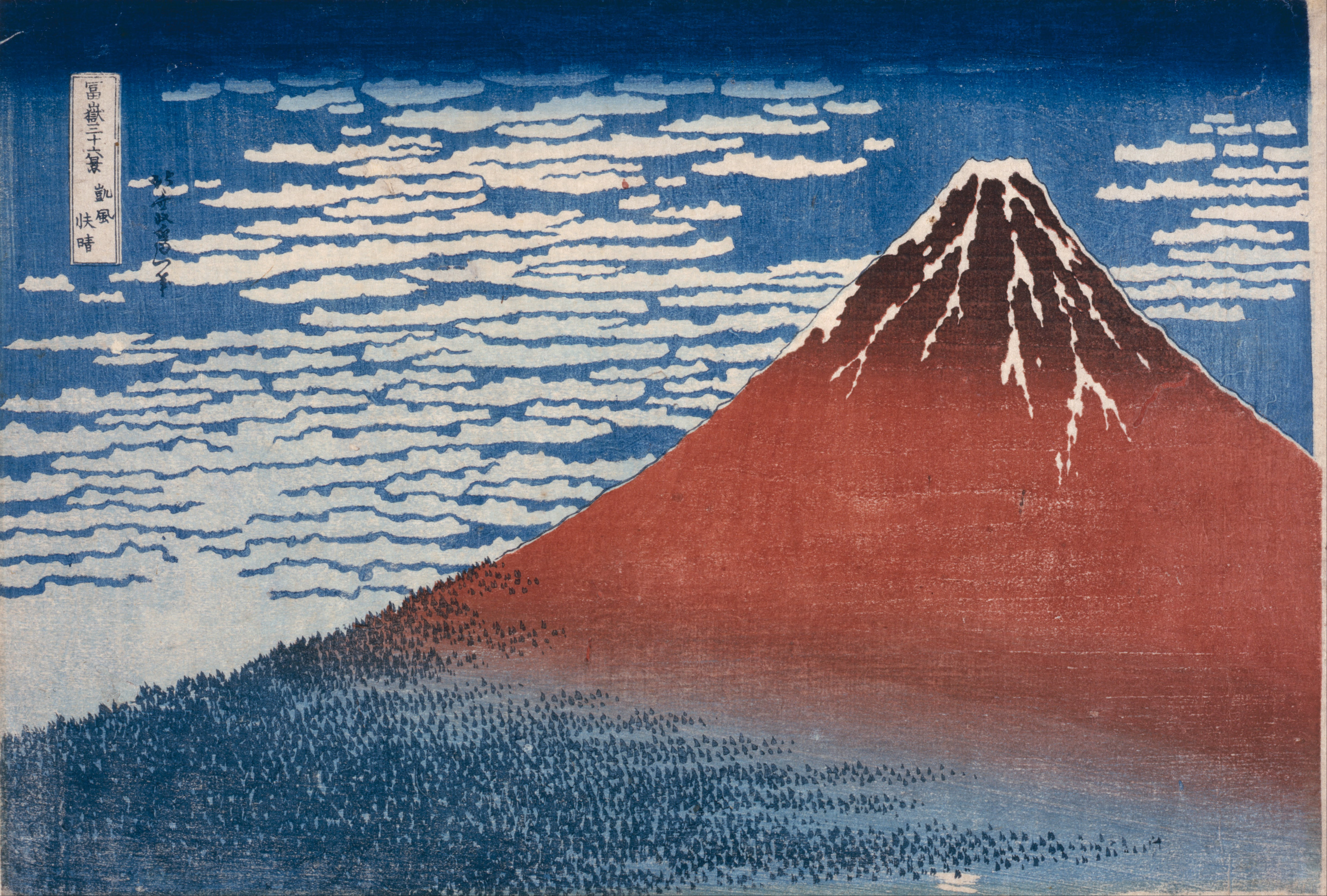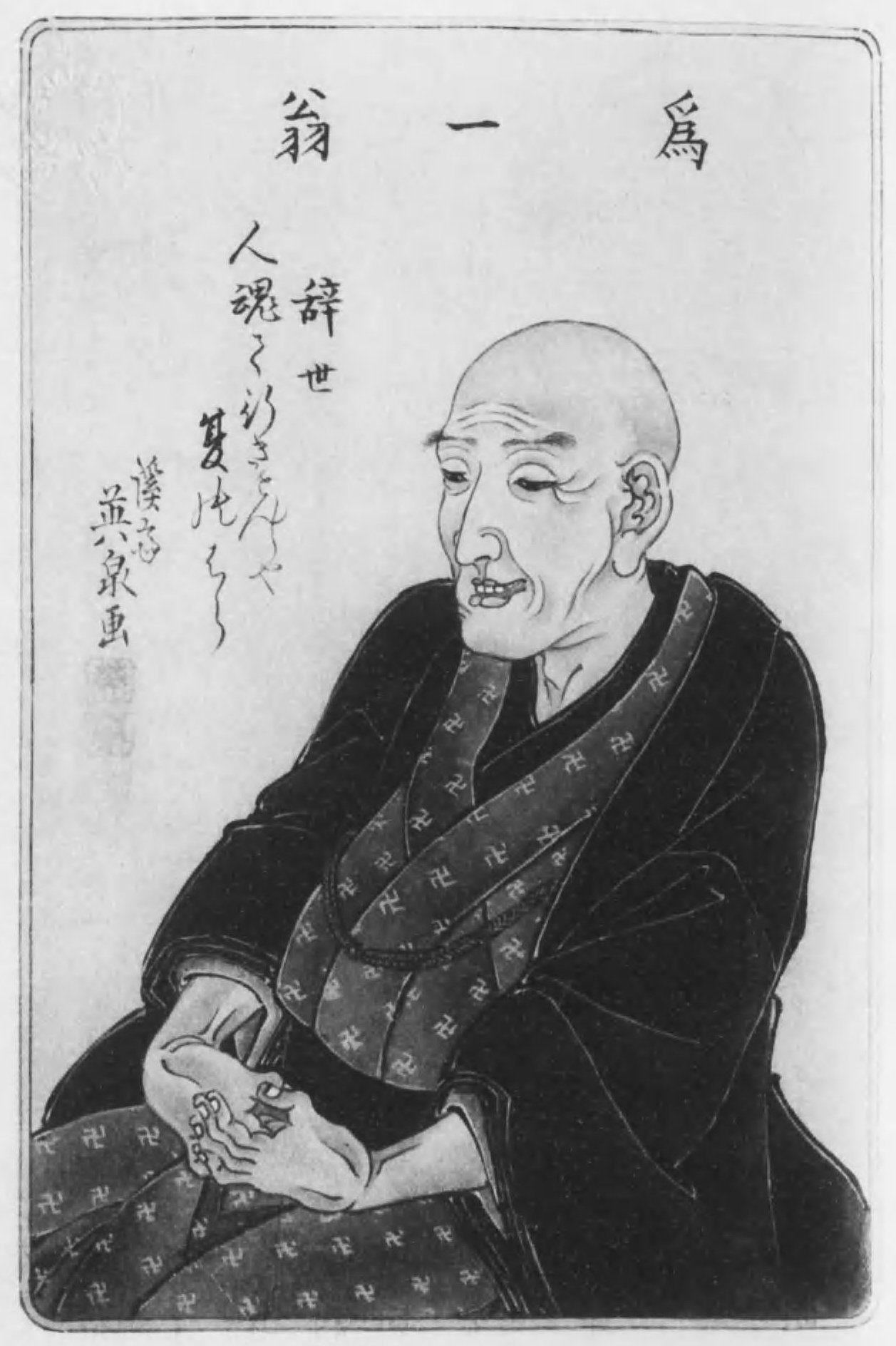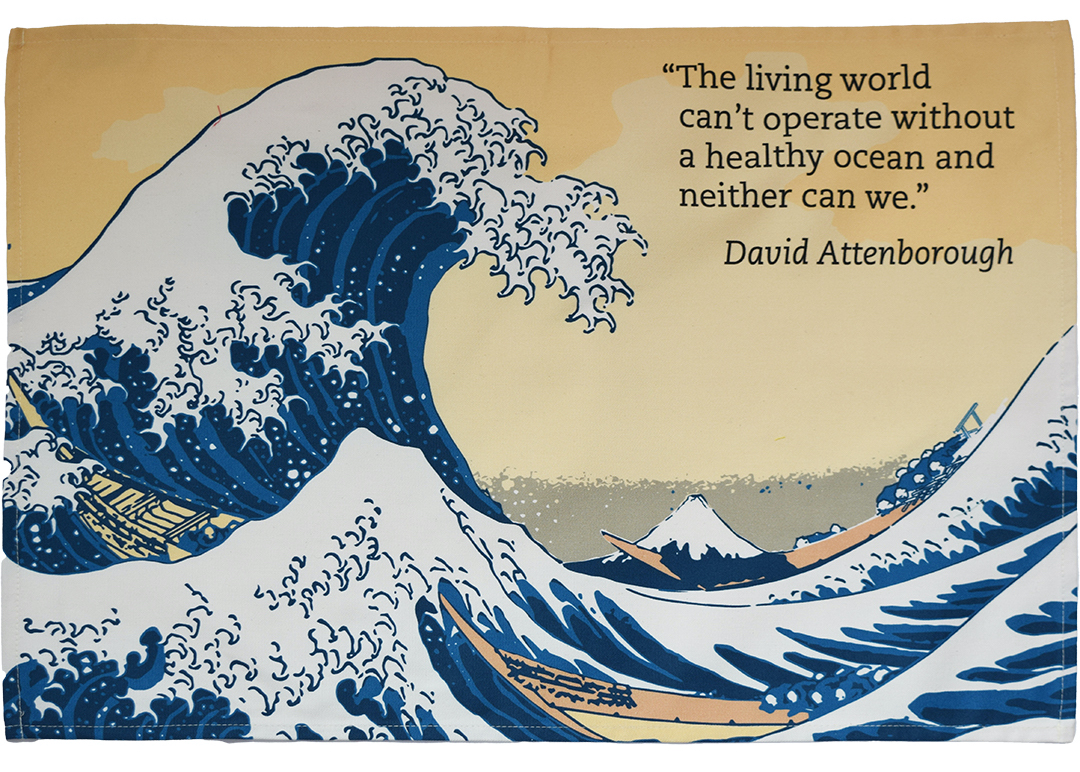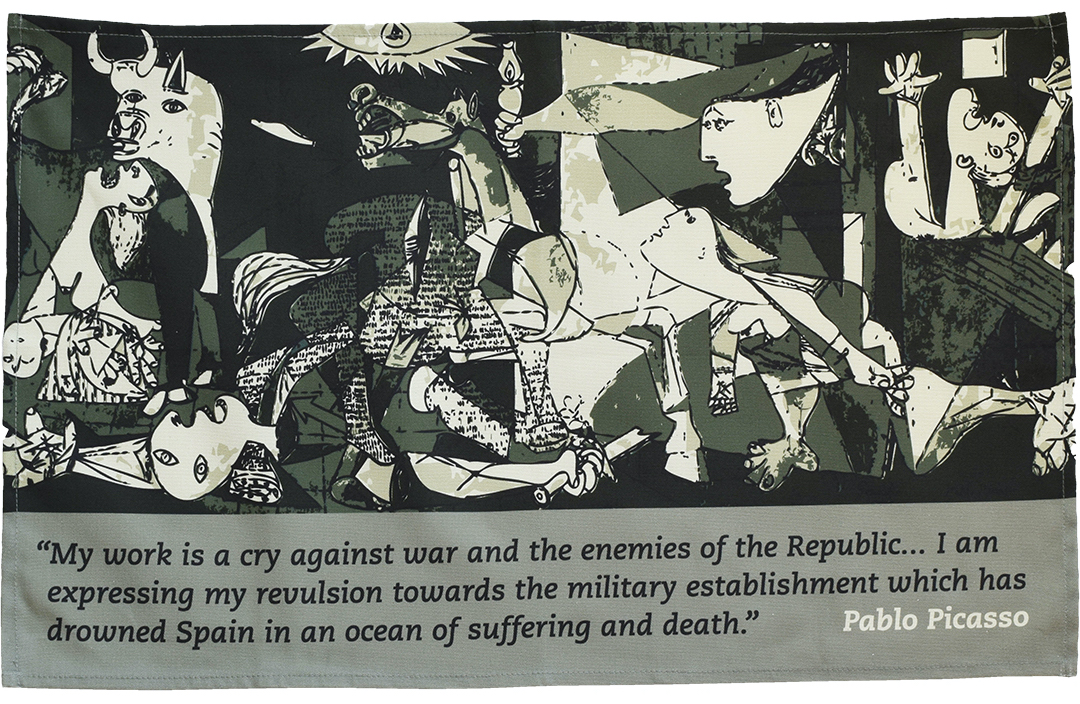Waves of Change: The Life of Katsushika Hokusai
Posted by Pete on 31st Oct 2023

Born on this day in 1760, Hokusai went on to become one of the world's most iconic artists
“Hokusai is not just one artist among others in the Floating World. He is an island, a continent, a whole world in himself.”
- Edgar Degas
Born in Edo, Japan, in 1760, Katsushika Hokusai was known by at least thirty different names before his death in 1849.
As he moved between different guilds and artistic styles, he took on different titles.
His endless name-changing would’ve made Hokusai difficult to keep track of in the historical record of Tokugawa Japan.
That is, if he hadn’t become one of the most famous artists in the history of the world.
Hokusai was the genius behind both Thirty-Six Views of Mount Fuji and The Great Wave off Kanagawa
Hokusai’s art has become a symbol of Japanese culture. Even during the nineteenth century, Hokusai’s style inspired other artists on a global scale.
In Western Europe, which often considers itself the centre of world culture, the Impressionists drew heavily on Hokusai.
Painters as formidable as Vincent Van Gogh and Edgar Degas were influenced by the Japanese master.
But for all this fame, Hokusai had humble beginnings.
He was the son of an artisan in the Japanese capital, and went to work at a bookshop when he was just 12.
Hokusai was then apprenticed to a woodcarver in Edo, where he began to learn the basic toolkit of artistic skills.

A portrait of Hokusai painted by his disciple Keisai Eisen
Soon, Hokusai was a professional painter in his own right. He joined the studio of Katsukawa Shunsho, an Ukiyo-e painter and printer.
When Hokusai discovered it, Ukiyo-e was a Japanese genre focused on depicting artists and courtesans.
But Hokusai began to experiment with it.
He incorporated foreign artistic styles into his work, including French, Dutch, and Chinese.
This was decades before the Western empires forced Japan to open its ports to the world. So Hokusai’s cosmopolitan interests were pretty radical at the time.
But they were also frowned upon by more conservative artists. Hokusai was expelled from the Katsukawa School for his heterodox style, and in 1798 he set out as an independent painter.
Hokusai didn’t just make use of artistic models from outside Japan. He also turned traditional Japanese methods on their head.
In addition to courtesans and actors, Hokusai used the techniques of the Ukiyo-e genre to paint a wider range of subject matter, especially nature.
Artists have often led the way when it comes to radical thinking!
See the Picasso Gernika tea towel
Hokusai's works on Mount Fuji, southwest of Edo, and the Pacific ocean waves around Japan, have become his most well-known.
On his deathbed in 1849, he wrote:
“Though as a ghost, I shall lightly tread the summer fields.”
Hokusai died a few years before the United States navy violently forced Japan to open up to international trade, on highly unequal terms.
In the following years, Japanese authoritarians and reformers both struggled to reshape Japan and make it strong enough to resist European and U.S. imperialism in Asia.
Many radicals drew on foreign models of constitutional, democratic government, seeing popular power as the way to sovereign independence.
In a way, Hokusai’s exploration of foreign art foreshadowed their efforts, thinking about Japanese culture and society through a global lens.
And Hokusai’s affection for the natural world – its oceans, mountains, and forests – was also shared by radicals from all over during the nineteenth century.
As industrialisation drove forward globally, people like Walt Whitman and William Morris sought to combine a concern for human freedom with the value and preservation of nature.
Alongside such visionaries, Katsushika Hokusai speaks across the centuries to us, walking through his summer fields, to encourage the sort of ecological outlook we so sorely need.


